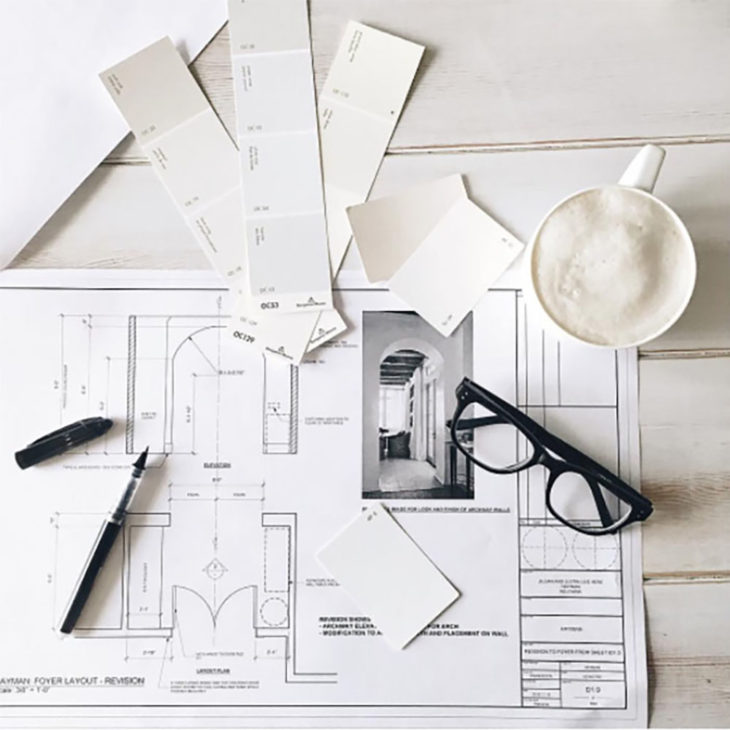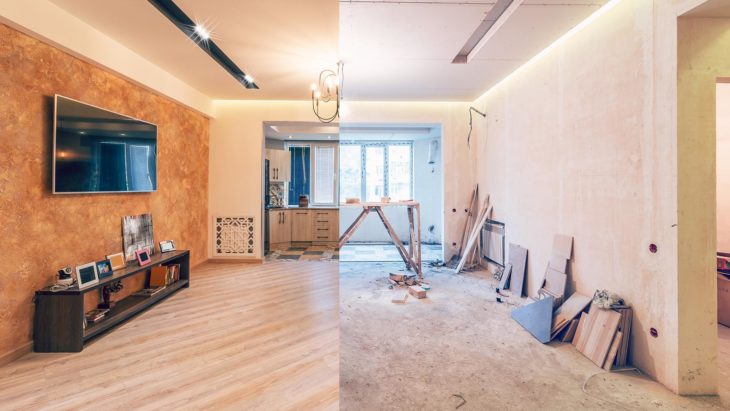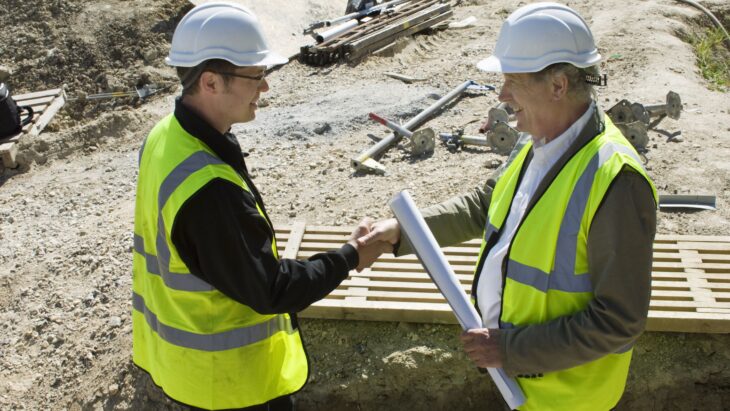You probably already know that property prices are getting increasingly high every day, which is one of the reasons people choose to extend their homes instead of purchasing a bigger one. However, if you did not do any digging online before opening this article, you might be wondering – what steps will I need to take when planning such a project?
Well, luckily for all of you looking to extend their houses, this article has got your back. The text below is going to feature a step-by-step guide, that you can follow when planning a project that will transform your home and basically turn it into a larger one. Let’s take a closer look at the steps:
Contents
- 1. First Things First – Learn If You’ll Need Some Permissions
- 2. Setting a Budget is Crucial
- 3. The Design Needs to Be Done By an Expert
- 4. Opt For a Good Building Company
- 5. You Need to Follow The Building Control Requirements
- 6. Learn What The Safety And Health Regulations Are
- 7. Make Sure That The Insurance Covers it
- 8. Let Your Neighbors Know
- 9. Prepare Your Landscape
- 10. Begin The Construction Process!
1. First Things First – Learn If You’ll Need Some Permissions
Now, keep in mind that you might not actually need such permission, however, since each state has different regulations, it might be wise to check whether or not you’ll need specific permissions. For instance, there are various restrictions such as the sqm of the floors, eaves height, and so on.
Hence, you should ask for a Section 5 Declaration, which you can use for ensuring that your plans do not need permissions, as well as if you are actually allowed to start building. After you are done, you’ll also want to check and ensure whether your project follows all regulations.
2. Setting a Budget is Crucial
Such a project won’t come with a low price tag, which means that it is quite crucial for you to set a budget, and also stick to it. Ensure that you learn how much you’ll need for the planning and design expenses, different warranties, insurance, and of course, the actual building expenses you’ll have.

Source: jillianharris
3. The Design Needs to Be Done By an Expert
Just because you already know what you want, it does not mean that you should not give your design the attention it deserves. For instance, if you are planning on adding a kitchen, you might want it to have more light, and if so, you’ll need to place it at a location that faces the East.
Additionally, you should not forget how you’ll connect it to your home. Because of this, you’ll need an architect to help you with designing the extension, however, you’ll need a structural engineer as well if you need steel specification or an energy upgrade. So, you’ll need to check the reference and insurance.
4. Opt For a Good Building Company
If you want to turn your design into reality, you’ll need a good building company. Of course, there are various good companies such as KPD Construction that offer such services, however, you might be wondering – how can I ensure that it is a company that will provide me with good services?
Well, the easiest way is to check the reviews and testimonials, to compare all of the services and prices a particular company offers against other ones, as well as to check whether or not they have a VAT number and if they can provide you with VAT receipts. All of this will ensure that you opt for an expert company.

Source: thespruce
5. You Need to Follow The Building Control Requirements
Once you get your permission – if needed – you’ll need to file a commencement notice with your local authorities, as you would if you were, for instance, building a new home. You’ll need to file almost everything from the insulation work you are planning on doing to the structural work.
6. Learn What The Safety And Health Regulations Are
If your building process lasts more than a month or if there are some risks to it, you’ll have to advise the HSA. This means that you’ll also have to appoint a supervisor that will ensure the health and safety of the area, one that will work for both the construction of the extension and the design of it. Additionally, you’ll need a ledger on the site for the safety and health requirements.

Source: sremodeling
7. Make Sure That The Insurance Covers it
You’ll want to learn whether or not your home insurance is valid even if you choose to build an additional extension to it, and you’ll want to learn if it’ll cover the site during the construction stages. So, you should check if it will cover the building area, as well as if it offers employers’ and public liability.
8. Let Your Neighbors Know
When you are done with getting all of the permissions, you’ll definitely want to let all of your close neighbors about what you are planning on doing, as well as how long it will last. Ideally, you should let them know before the machines start coming to your property. This will not only ensure that they do not call inspection, but it is common courtesy and a lot of people will want to know about what is going on.

Source: rachaelrayshow
9. Prepare Your Landscape
You do not want to schedule the start of the construction if you do not prepare your landscape. What does this mean for you? Well, you’ll want to remove all furniture from your backyard, take out any plants or trees that would be a hindrance to the construction, and you’ll want to ensure that you protect different areas of your yard if needed.
10. Begin The Construction Process!
When you go through all of the aforementioned steps, you can, in fact, start building the new extension to your home. Do not forget to ensure that the construction company you choose knows what they are doing, as well as that you have all the necessary requirements and paperwork that you’ll need.

Source: thebalancesmb
Conclusion
As you can see, there is a wide range of steps that you’ll need to follow and go through in order to ensure that your entire extension project goes smoothly. And, by following all of the steps mentioned in the article above, you’ll be able to do just that, as well as make everything less stressful for you and your family members.
So, now that you learned what are the steps that you’ll need to take, you should not lose any more of your time. Instead, you should go back to the beginning of this article, and begin going through all of the steps that will help you with turning your home into a larger one in no time.
